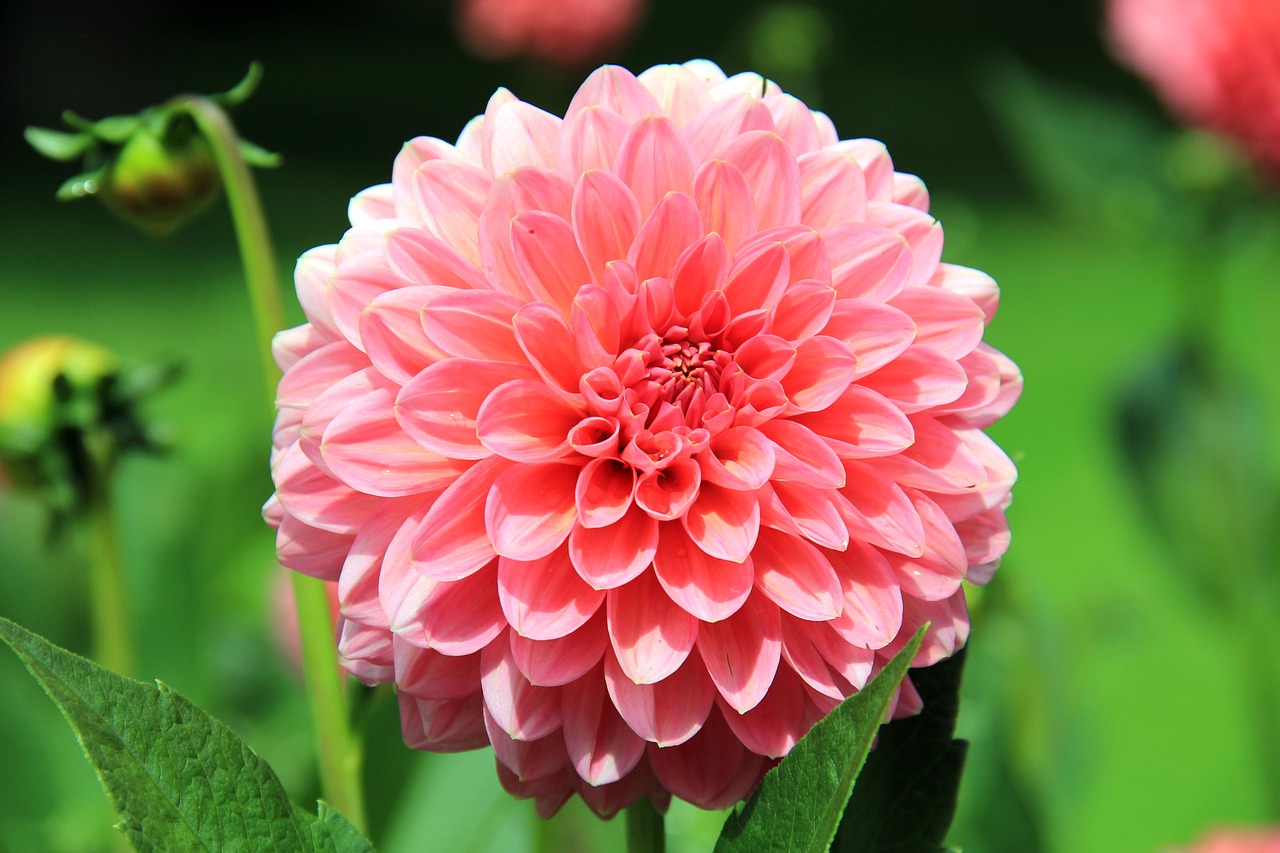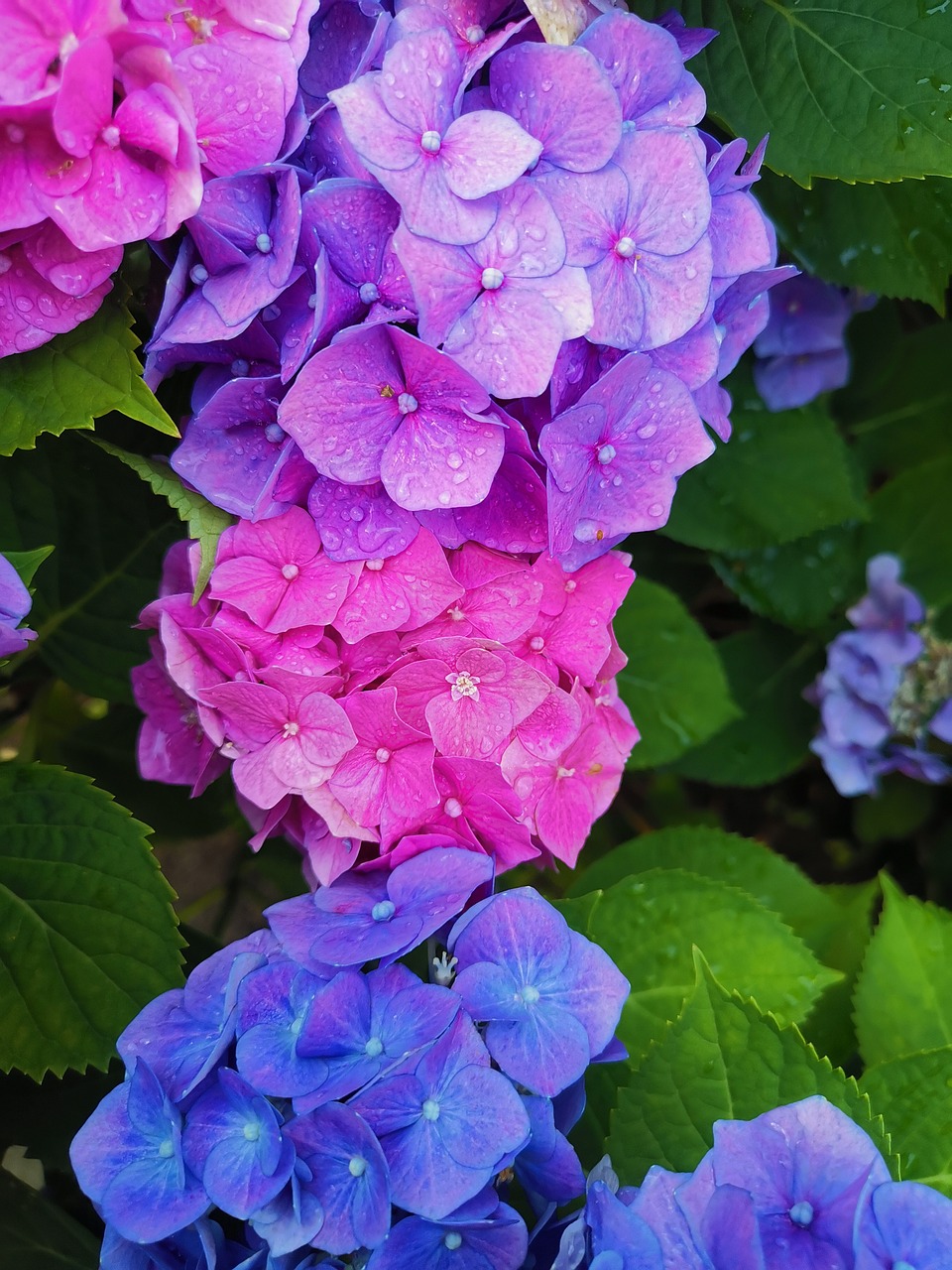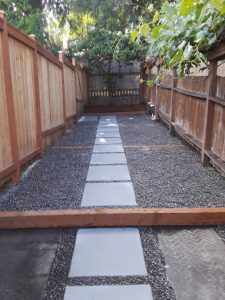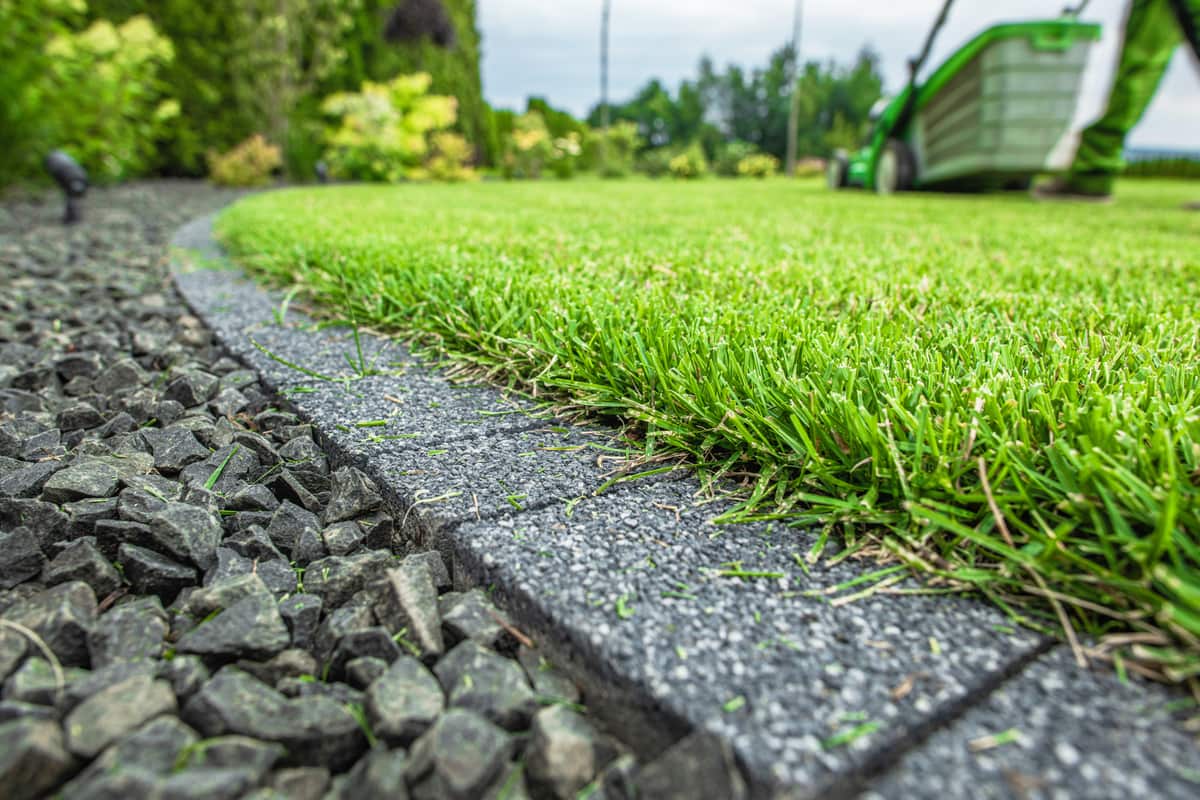How to Plant Perennials Like a Pro in Your Seattle Garden
Planting perennials can be a rewarding addition to your garden, offering vibrant blooms year after year. While it may seem intimidating at first, with a few simple steps, you can become a perennial planting pro! Here’s a step-by-step guide to help you get started.
Step 1: Prepare the Soil
The first step to successful perennial planting is ensuring your soil is in good condition:
- Dig a Hole:
- The hole should be 2-3 times the width and depth of the root ball of your perennial. This allows the roots to spread easily and establish themselves.
- Amend the Soil:
- Mix in some organic matter like compost or mulch. This improves soil structure, enhances drainage, and provides nutrients that promote healthy plant growth.
Step 2: Remove the Perennial from its Container
Now, it’s time to take the perennial out of its container:
- Gently Remove the Plant:
- Carefully take the perennial out of its container or burlap. Be cautious not to disturb the roots too much. Gently loosen any compacted roots if necessary, but avoid tearing them.
Step 3: Place the Perennial in the Hole
- Position the Perennial:
- Place the perennial in the hole so that the crown (where the stem meets the roots) is level with the soil surface. This ensures the plant won’t be buried too deep and will have enough air circulation around the roots.
Step 4: Fill with Soil
- Fill and Firm the Soil:
- Fill the hole with soil, gently firming it around the roots as you go. This will eliminate air pockets that could dry out the roots.
- Do not bury the crown with soil, and be careful not to compact the soil too much, as this can hinder root growth.
Step 5: Water Thoroughly
- Water Well:
- After planting, water the perennial thoroughly. This helps to settle the soil around the roots and ensures the plant gets enough moisture for proper establishment. Make sure the water drains well and doesn’t pool around the plant.
Step 6: Mulch Around the Base
- Apply Mulch:
- Once the plant is in the ground, apply a layer of mulch around the base. This helps retain moisture, suppresses weeds, and regulates soil temperature, especially in Seattle’s variable weather.

Aftercare
To ensure your perennial thrives, here are a few aftercare tips:
Consistent Moisture:
- Keep the soil consistently moist during the first growing season to help the plant establish strong roots.
Fertilizing:
- During the growing season (spring through fall), fertilize your perennials with a balanced fertilizer to provide the nutrients they need.
Deadheading:
- Remove spent blooms (deadheading) to encourage new flowers and extend the blooming period.
Extra Tips to Keep in Mind:
- Plant at the Right Time:
- In Seattle, the best time to plant perennials is in spring or fall when the weather is milder and the soil is workable.
- Space Your Perennials Properly:
- Give your plants enough space to grow. Proper spacing allows for air circulation, reducing the risk of disease and promoting healthy growth.
- Plant in Groups or Masses:
- For a more dramatic effect, consider planting your perennials in groups or masses. This creates a fuller look and makes your garden appear more cohesive.
- Monitor Moisture:
- Especially during the first growing season, be mindful to keep the soil consistently moist. Over time, your plants will become more drought-tolerant.
Conclusion
Planting perennials in your Seattle garden doesn’t have to be complicated. By following these simple steps, you’ll be able to create a beautiful, thriving garden that comes back year after year. Whether you’re planting a few favorites or a whole garden bed, proper planting and care will ensure your perennials stay healthy and vibrant for many seasons to come.
Need help with your garden planting or have questions about your perennials? Lee’s General Landscaping is here to help! Contact us today for expert advice or to schedule a garden consultation. Happy planting!










.jpg)














